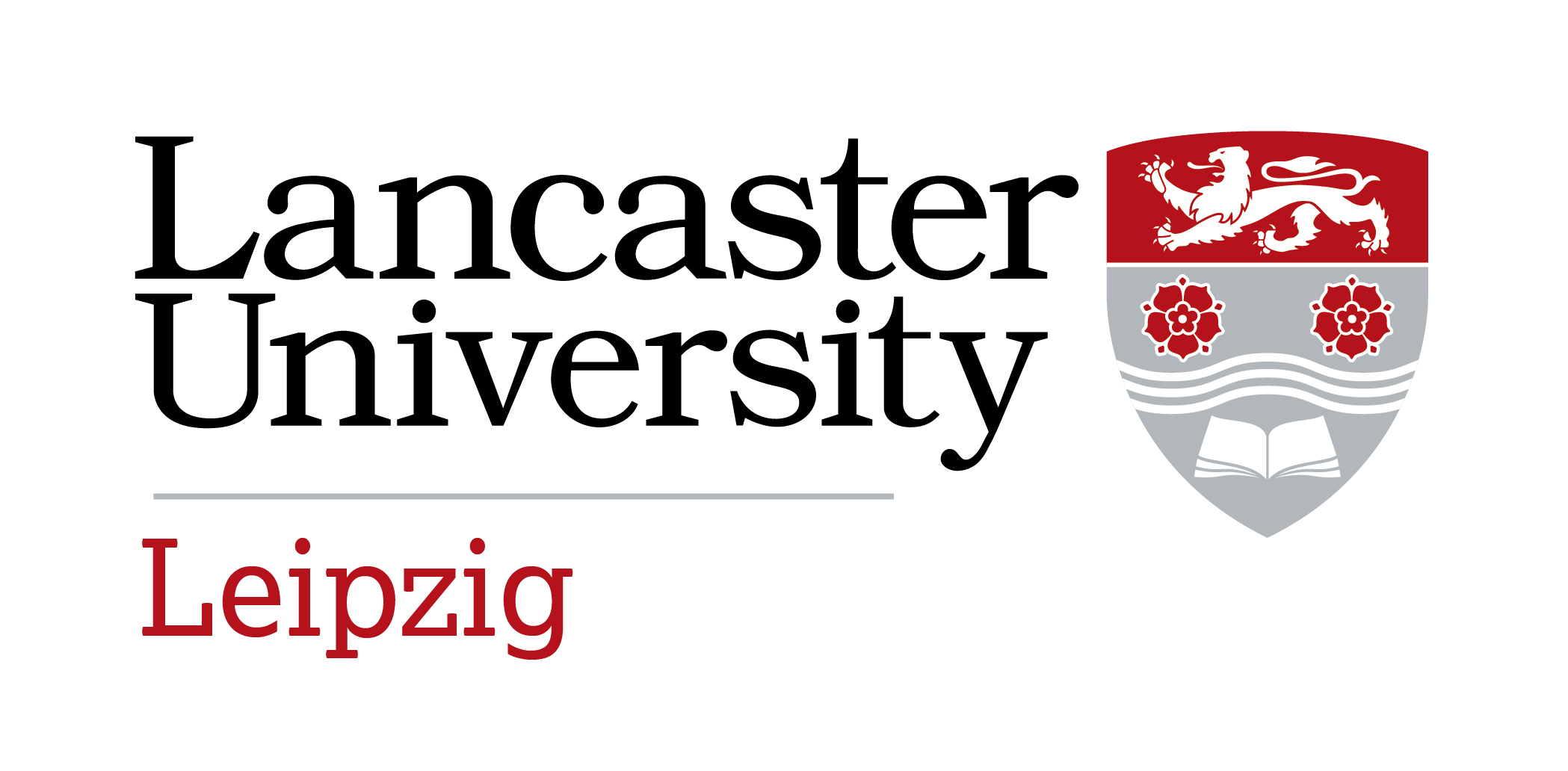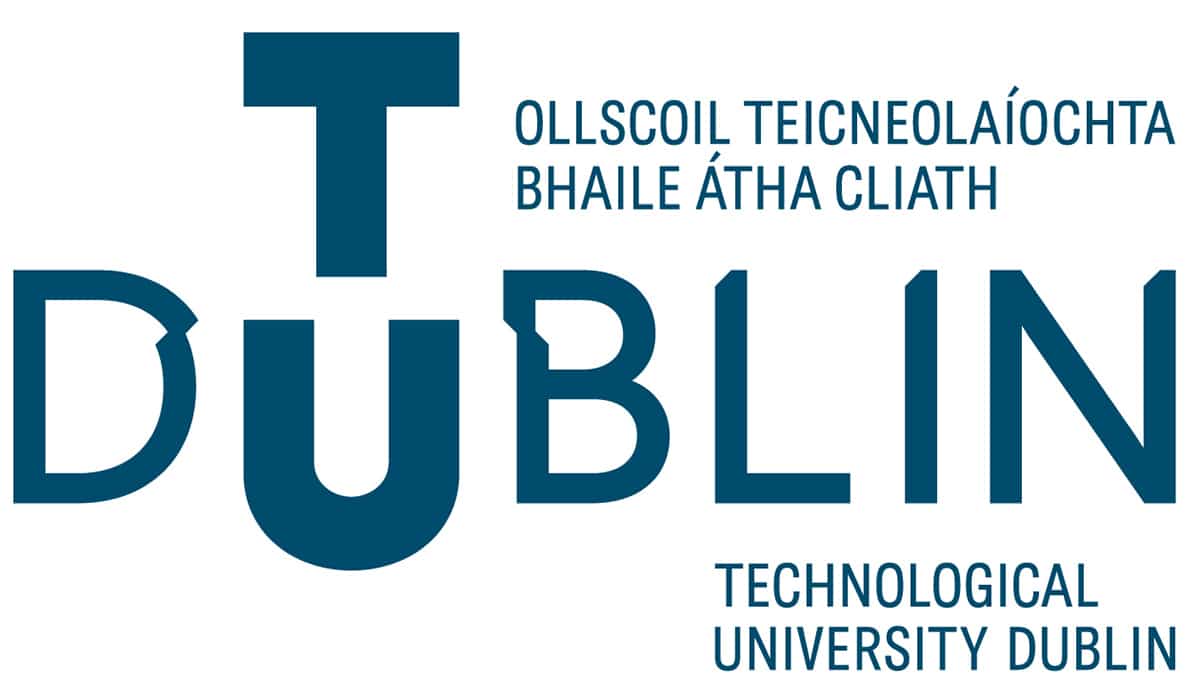Germany
Study/Work/Live in Germany
Germany is the fourth most popular destination among international students in the world. More than thirteen percent of students at German universities in 2018 came from all over the world - just like you. Germany is an attractive place to study and German university degrees are highly respected by employers worldwide.Germany is becoming an increasingly popular destination for international students. It has the third highest international student population after US and UK. Germany’s higher education system is regarded as one of the best in the world. Many German universities are ranked in the top 100 best universities in the world.
Germany officially the Federal Republic of Germany is a country in Central and Western Europe. Covering an area of 357,022 square kilometres (137,847 sq mi), it lies between the Baltic and North seas to the north, and the Alps to the south. It borders Denmark to the north, Poland and the Czech Republic to the east, Austria and Switzerland to the south, and France, Luxembourg, Belgium, and the Netherlands to the west.
Various Germanic tribes have inhabited the northern parts of modern Germany since classical antiquity. A region named Germania was documented before AD 100. Beginning in the 10th century, German territories formed a central part of the Holy Roman Empire. During the 16th century, northern German regions became the centre of the Protestant Reformation. After the collapse of the Holy Roman Empire, the German Confederation was formed in 1815. In 1871, Germany became a nation state when most of the German states unified into the Prussian-dominated German Empire. After World War I and the German Revolution of 1918–1919, the Empire was replaced by the parliamentary Weimar Republic. The Nazi seizure of power in 1933 led to the establishment of a dictatorship, World War II, and the Holocaust. After the end of World War II in Europe and a period of Allied occupation, two new German states were founded: West Germany and East Germany. The Federal Republic of Germany was a founding member of the European Economic Community and the European Union. The country was reunified on 3 October 1990.
- Full name: Federal Republic of Germany
- Population: 83,784,109(83 Mil) (https://www.worldometers.info/world-population/germany-population)
- Capital: Berlin
- Largest city: Berlin
- Area: 357,386 Km Square
- Major language: German
- Major religion: Christianity
Big Cities:
Berlin , Munich , Cologne , Stuttgart , Dusselldorf , Leipzig.
Climate:
In most of Germany, the climate is moderately continental, characterized by cold winters, with average daily temperatures around 0 °C (32 °F) or slightly above, and warm summers, with maximum temperatures around 22/24 °C (72/75 °F) in July and August. The northernmost area (see Bremen, Hamburg, Lübeck, Rostock, Kiel) is slightly milder, but it's also rainier and windier because of the influence of the Atlantic Ocean. The massifs of south-central Germany and the small portion of the Alps in the far south have a mountainous climate, which becomes of course colder as altitude increases.
In spring, the temperature rises slowly in March, which
is usually still a cold month, with average lows around freezing, while
highs are around 8 °C (46 °F) in Hamburg, 9 °C (48 °F) in Berlin and
Munich, and 11 °C (52 °F) in Frankfurt and the western areas. In April,
daytime temperatures range from 12/13 °C (54/55 °F) in Hamburg and
Berlin to 15 °C (59 °F) in Frankfurt. While Frankfurt and the western
regions can more easily experience the first mild days, at other times,
late cold spells typical of spring can occur, which come directly from
the north and pass quickly over the plains of Germany, and are felt
especially in Bavaria, where they cause snow showers with a higher
frequency. In early April, short snowfalls with night frost are still
possible, especially in Munich and in Bavaria.
In spring and autumn, in the Alps and in the valleys of Bavaria, the Föhn,
a southern warm wind that descends from the mountains and brings sudden
increases in temperature, may blow, causing the rapid melting of snow,
if present. This phenomenon is rarer in winter, when the wind usually
doesn't blow from the south.
By the second half of April, the weather becomes a bit milder, and in May,
when the average maximum temperature is around 18/20 °C (64/68 °F), the
first warm days occur, which in Germany are characterized by possible
thunderstorms in the afternoon, especially in inland areas.
Additional Information:
The territory of Germany can be divided into two ecoregions: European-Mediterranean montane mixed forests and Northeast-Atlantic shelf marine. As of 2016 51% of Germany's land area is devoted to agriculture, while 30% is forested and 14% is covered by settlements or infrastructure.
Plants and animals include those generally common to Central Europe. According to the National Forest Inventory, beeches, oaks, and other deciduous trees constitute just over 40% of the forests; roughly 60% are conifers, particularly spruce and pine. There are many species of ferns, flowers, fungi, and mosses. Wild animals include roe deer, wild boar, mouflon (a subspecies of wild sheep), fox, badger, hare, and small numbers of the Eurasian beaver. The blue cornflower was once a German national symbol.
The 16 national parks in Germany include the Jasmund National Park, the Vorpommern Lagoon Area National Park, the Müritz National Park, the Wadden Sea National Parks, the Harz National Park, the Hainich National Park, the Black Forest National Park, the Saxon Switzerland National Park, the Bavarian Forest National Park and the Berchtesgaden National Park. In addition, there are 17 Biosphere Reserves and 105 nature parks. More than 400 zoos and animal parks operate in Germany. The Berlin Zoo, which opened in 1844, is the oldest in Germany, and claims the most comprehensive collection of species in the world.
|
| |
Institutes:
- LMU Munich
- Technical University Of Munich
- Heidelberg University
- Humboldt University Of Berlin
- University Of Bonn
- Free University Of Berlin
- Technical University Of Berlin
- University Of Cologne
- University Of Kiel
- University Of Stuttgart
Benefits:
Berlin, the capital city of Germany, is known for being one of the most creative, hip, progressive cities in Europe, if not the world. Visit Berlin and discover a city packed to the brim with history and overflowing with funky food, incredible culture, and stunning artwork. Explore the 12 unique districts that make up the city. See the Berlin Cathedral and shop ‘til you drop along the most famous shopping street in town, Kurfürstendamm, and the small local shops and designers you’ll find in Berlin’s many side streets. Take in views of Berlin from the Berlin Television Tower. Apart from having breathtaking views and being home to some of the most brilliant historical sites in the world , germany also ranks as being one of the most preferred destination when it comes to study destination for international students. Mainly because of the following factors :- Access to a range of scholarship programs
- High-quality education & prevalent language to English
- Study gaps not an issue
- Great Universities & Job Opportunities
| S.No. | University Logo | University | Registration Code |
|---|---|---|---|
| 1 |  |
Berlin Institute of Business & Innovations | 123 |
| 2 |  |
Lancaster University (Leipzig) | n/a |
| 3 |  |
Technological University Dublin | n/a |


